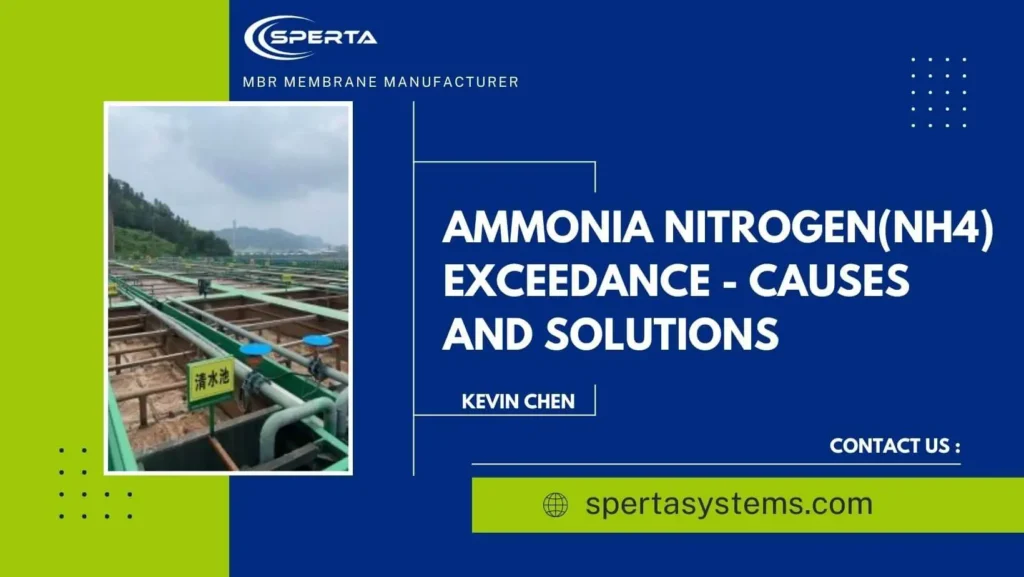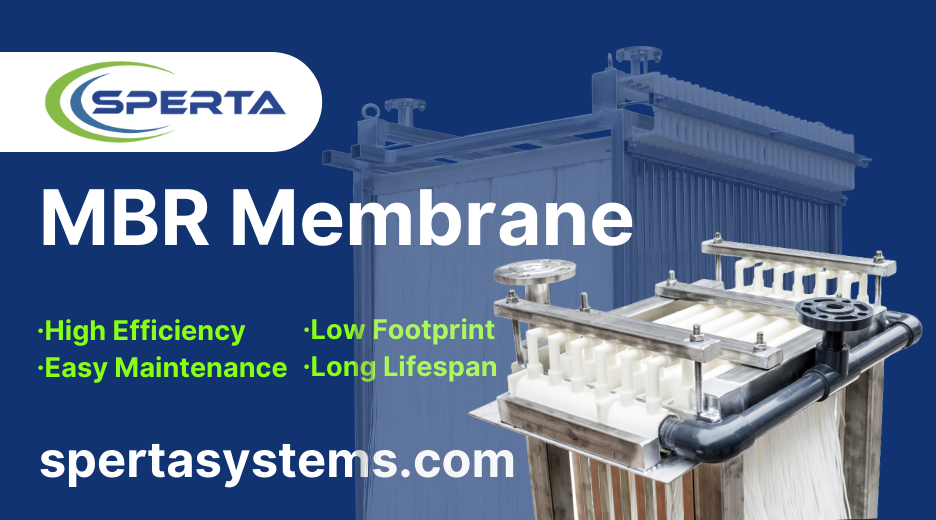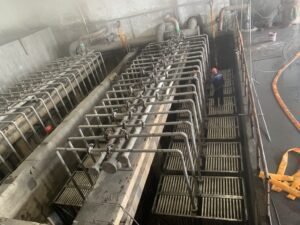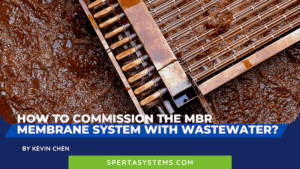Denitrification and phosphorus removal processes are increasingly common in wastewater treatment. However, exceeding nitrogen levels in the treated water often brings challenges during operational practice. Therefore, understanding and controlling key parameters of the denitrification removal processes can ensure the system’s smooth operation and compliance with effluent standards.
Sludge Load and Age
Biological nitrification is a low-load process, with an F/M ratio typically between 0.05 and 0.15 kgBOD/kgMLVSS·d. The lower the load, the more complete the nitrification, converting NH-N to NO–N more efficiently. Corresponding to low load, the Sludge Retention Time (SRT) in a biological nitrification system is generally longer because nitrifying bacteria have longer generation cycles. If the biological system’s sludge retention time is too short and the sludge concentration is low, nitrifying bacteria will not thrive, resulting in ineffective nitrification. The optimal SRT depends on factors such as temperature. The SRT is usually between 11 and 23 days for biological systems primarily aimed at denitrification.
Recirculation Ratio and Hydraulic Retention Time
The recirculation ratio in biological nitrification systems is generally higher than in traditional activated sludge processes. This is because the mixed liquor in biological nitrification systems already contains much nitrate. If the recirculation ratio is too low, the activated sludge will stay longer in the secondary clarifier, leading to denitrification and causing sludge flotation. The recirculation ratio is typically controlled between 50% and 100%. The hydraulic retention time in the biological nitrification aeration tank is also longer than in activated sludge processes, requiring at least 8 hours. This is because the nitrification rate is much lower than the removal rate of organic pollutants, necessitating longer reaction times.
BOD5/TKN Ratio
The larger the BOD5/TKN ratio, the smaller the proportion of nitrifying bacteria in the activated sludge, resulting in a lower nitrification rate under the same operating conditions; conversely, the smaller the BOD5/TKN ratio, the higher the nitrification efficiency. Operational practices in many municipal wastewater treatment plants have found that the optimal BOD5/TKN range is around 2 to 3.
Dissolved Oxygen
Nitrifying bacteria are obligate aerobes that cease activity without oxygen. Moreover, nitrifying bacteria have a much lower oxygen uptake rate than bacteria that decompose organic matter. Nitrifying bacteria will not “compete” for the oxygen they need without sufficient oxygen. Therefore, it is necessary to maintain the dissolved oxygen in the aerobic zone of the biological pool above 2 mg/L, and in special cases, the dissolved oxygen content needs to be increased.
Temperature and pH
Nitrifying bacteria are also sensitive to temperature changes. When the wastewater temperature falls below 15°C, the nitrification rate decreases significantly, and physiological activity ceases below 5°C. Therefore, effluent ammonia nitrogen exceedance is more apparent in wastewater treatment plants, especially in northern regions during winter. Nitrifying bacteria are sensitive to pH changes; their biological activity is strongest within a pH range of 8 to 9. When pH is less than 6.0 or greater than 9.6, the biological activity of nitrifying bacteria is inhibited and tends to stop. Therefore, the mixed liquor pH in the biological nitrification system should be controlled to be greater than 7.0.
The above is the information about the causes and solutions of Ammonia Nitrogen(NH4) exceedance in wastewater treatment. If you still have related questions, please feel free to contact SPERTA.
Shanghai SPERTA Environmental Technology Co., Ltd. has specialized in producing water treatment products for many years. The company has its own MBR membrane technology, a complete technical team, and pre-sales and after-sales service. If you have any needs, please feel free to contact us.









